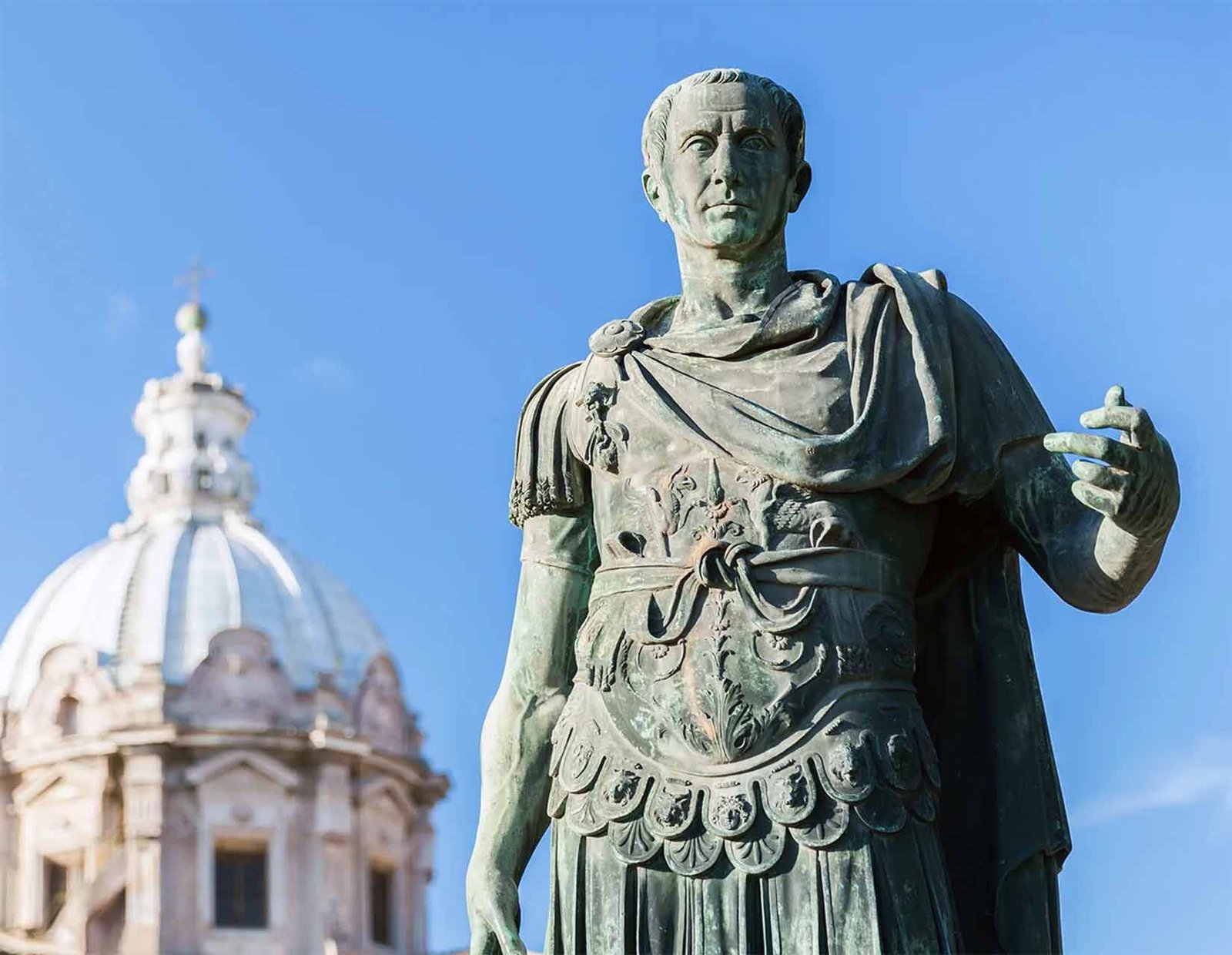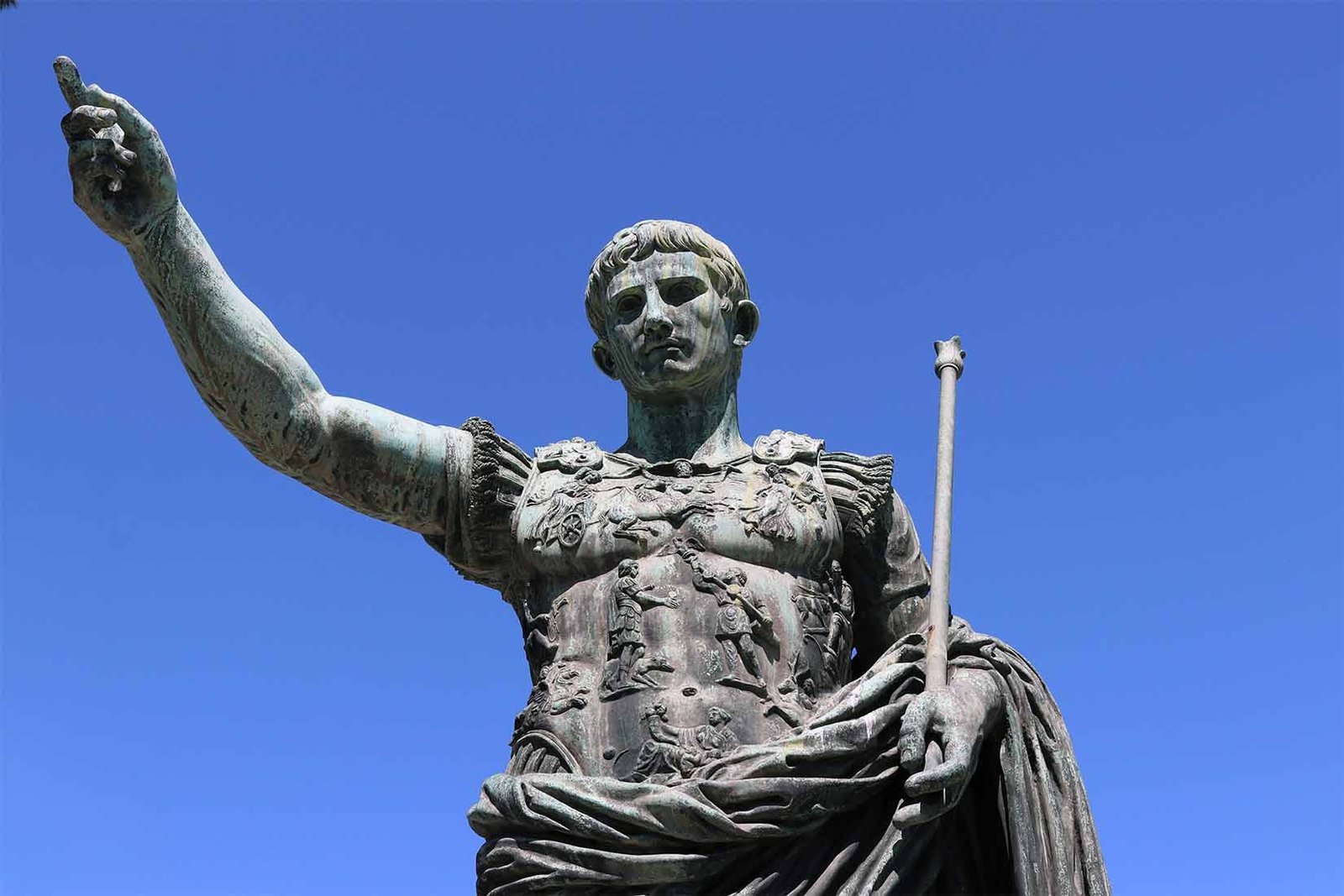Introduction to The Rise and Fall of the Roman Empire
The Roman Empire, one of the most powerful and influential civilizations in history, continues to captivate the imaginations of historians, scholars, and enthusiasts alike. Spanning over a thousand years, it left an indelible mark on modern politics, architecture, language, and law. How did a small city-state on the Italian Peninsula rise to control vast swathes of Europe, North Africa, and the Middle East, only to eventually crumble under its own weight? This history of the rise and fall of Rome offers key lessons about power, leadership, and the fragility of even the mightiest empires.
In this article, we will explore the Roman Empire’s origins, key events, and figures that defined its ascension and eventual decline. Along the way, we’ll uncover how Rome shaped the world today and how the echoes of its grandeur can still be felt in modern societies.
Historical Context
Rome’s rise to power began as a modest city-state around 753 BC, founded according to legend by Romulus after the fratricide of his brother Remus. For centuries, Rome was ruled by kings, but in 509 BC, it transitioned into a Republic. This change was critical, as it laid the groundwork for Rome’s future expansion. During the Republic, Roman society was dominated by the patricians (aristocrats) and the plebeians (commoners), often leading to internal conflicts. However, Rome’s republican model of governance, with elected magistrates and a senate, allowed it to adapt and expand rapidly.
The political landscape of the Mediterranean was dominated by powerful states like Carthage in North Africa and the Hellenistic kingdoms of Greece and Egypt. Rome’s early conflicts, including the Punic Wars with Carthage, shaped its identity as a martial society with a relentless drive to conquer. By 146 BC, with Carthage defeated, Rome controlled most of the western Mediterranean, and soon after, the Eastern Mediterranean fell under its influence as well.
Key Figures and Events
1. Julius Caesar and the End of the Republic:

Julius Caesar is one of the most well-known figures in Roman history. As a military general, he expanded Roman territory into Gaul (modern-day France) and famously crossed the Rubicon River in 49 BC, sparking a civil war that would end the Roman Republic. Caesar’s appointment as “dictator for life” in 44 BC marked the end of Republican ideals and the beginning of a shift toward imperial rule. His assassination on the Ides of March that same year only deepened Rome’s internal strife, as his death led to the rise of his adopted heir, Octavian (later Augustus).
2. Augustus and the Birth of the Empire:

Augustus, the first Roman Emperor, is often credited with the creation of the Roman Empire. His reign (27 BC – 14 AD) brought about the Pax Romana, a 200-year period of relative peace and stability across the Roman world. Augustus reformed Rome’s military, tax system, and governance, solidifying Rome’s control over its vast territories. Under his rule, Roman culture, art, and architecture flourished, as exemplified by the construction of iconic structures like the Pantheon and the Forum.
3. The Crisis of the Third Century:
Rome’s decline can be traced back to several key events, starting with the Crisis of the Third Century (235-284 AD), a period marked by military anarchy, economic instability, and external invasions. A series of short-lived emperors, many of whom were generals, led to a weakened central authority. At the same time, Rome faced threats from Germanic tribes along its northern borders and the Sassanid Empire to the east. The Empire was temporarily divided into three parts: the Gallic Empire in the west, the Palmyrene Empire in the east, and the Roman Empire in the center. Emperor Diocletian, who came to power in 284 AD, restructured the empire and introduced the Tetrarchy, dividing rule between two senior emperors and two junior emperors. This temporarily stabilized the empire but also set the stage for future conflicts.
4. Constantine the Great and Christianity:
One of the most significant turning points in Roman history was Emperor Constantine’s conversion to Christianity. After his victory at the Battle of the Milvian Bridge in 312 AD, Constantine became the sole ruler of the Roman Empire. In 313 AD, he issued the Edict of Milan, granting religious tolerance throughout the empire, and later, he converted to Christianity, laying the foundation for its rise as the dominant religion in Europe. Constantine also moved the capital from Rome to Byzantium, renaming it Constantinople (modern-day Istanbul). This shift marked the beginning of the Byzantine Empire and a weakening of the western half of the Roman Empire.
5. The Fall of the Western Roman Empire:
The eventual fall of the Western Roman Empire in 476 AD was the result of a combination of factors, including economic decline, military defeats, and political corruption. The empire had become overextended and relied heavily on foreign mercenaries to defend its borders. The invasion of the Visigoths under Alaric I, culminating in the sack of Rome in 410 AD, shocked the empire. Further invasions by the Vandals, Huns, and Ostrogoths crippled the already weakened state. The deposition of the last Roman emperor, Romulus Augustulus, by the Germanic chieftain Odoacer in 476 AD is traditionally considered the end of the Western Roman Empire.
Detailed Analysis
The rise and fall of Rome were the result of complex factors, including military, economic, and social dynamics. Rome’s early expansion was driven by its militaristic culture and innovative military tactics, such as the organization of legions. Economically, Rome thrived due to its vast resources from conquered territories, a system of slavery, and trade networks that spanned the known world. However, the reliance on conquest for economic stability was unsustainable.
Socially, the gap between the elite and the common citizens grew wider, leading to civil unrest. Additionally, the integration of various cultures into the empire created internal tensions. Christianity’s rise shifted Rome’s identity and focus, leading to internal divisions between pagan traditions and the new faith.
Cultural and Legacy Impact
The Roman Empire’s cultural influence is immeasurable. Latin, the language of Rome, became the basis for many modern languages, including Italian, French, Spanish, and Portuguese. Roman law laid the groundwork for modern legal systems, and Roman architecture, with innovations like aqueducts, roads, and amphitheaters, is still admired today. The idea of a unified Europe under a single government has its roots in Roman imperialism, influencing the concept of empires that followed.
Myths about Rome’s fall often center on decadence and moral decline, though historians now recognize more nuanced reasons for its collapse. Modern interpretations also tend to focus on Rome’s capacity for adaptation and innovation, which helped it endure for as long as it did.
Comparisons with Other Historical Events
The fall of the Roman Empire can be compared to the collapse of other great empires, such as the Ottoman Empire in the early 20th century or the British Empire after World War II. In each case, overextension, internal strife, and changing global dynamics played significant roles. The lessons from Rome’s history also resonate with modern superpowers, reminding us that even the mightiest nations can fall if they do not address internal weaknesses.
Conclusion
The rise and fall of the Roman Empire remains one of the most significant events in world history, shaping the course of Western civilization. Rome’s contributions to law, politics, culture, and religion are still felt today. Its collapse offers a powerful reminder of the fragility of empires and the importance of adaptability in the face of change.
As you reflect on the history of Rome, consider how its legacy influences the world we live in today. For those interested in exploring this subject further, visiting historical sites such as the Colosseum in Rome or the ruins of Pompeii, or reading classics like Edward Gibbon’s The History of the Decline and Fall of the Roman Empire, are excellent next steps.
